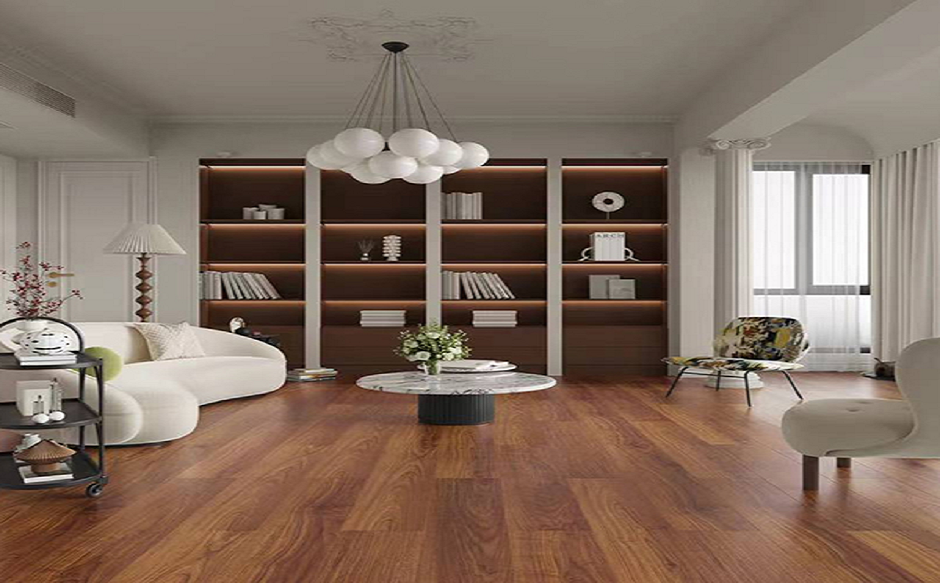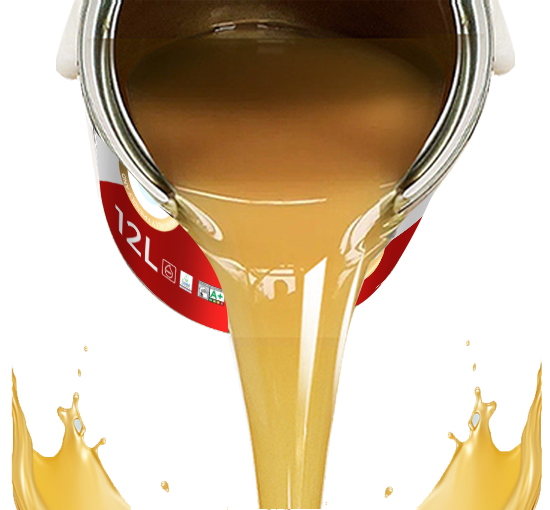 Himonia Floor Coating
Himonia Floor Coating
 Current Location:Home > Himonia News | ...
Current Location:Home > Himonia News | ...
Himonia News | New Product Release!A new member has been added to the light wood color coating of the floor - WFD330 water-based invisible primer
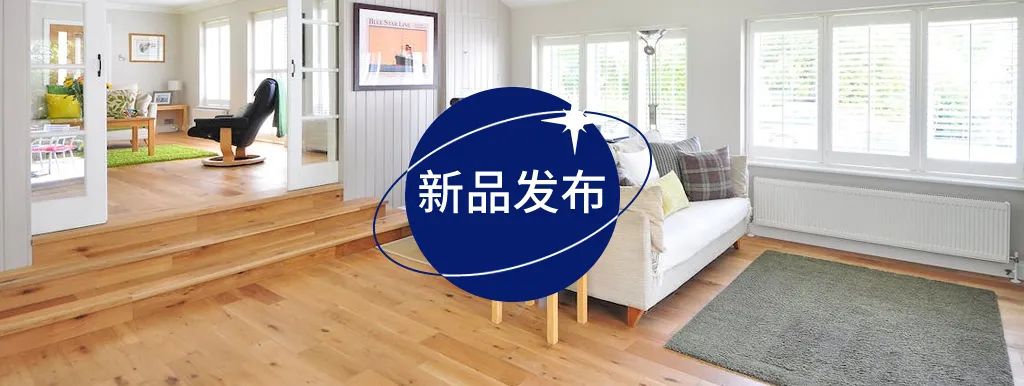
Characteristics of light wood color flooring
Light wood color flooring has almost no staining;
Highlight the natural grain and texture of the wood itself;
It looks clean, natural, elegant and generous.
Doorsill coatinged in light wood color
The light wood color effect has higher requirements on wood material;
It needs to be light in color, have good-looking patterns, and have no or fewer defects such as insect holes, knots, and heartwood color differences;
Even so, it is not easy to maintain the original wood effect after coatinging - conventional coatinging will make the wood darker (as shown below).
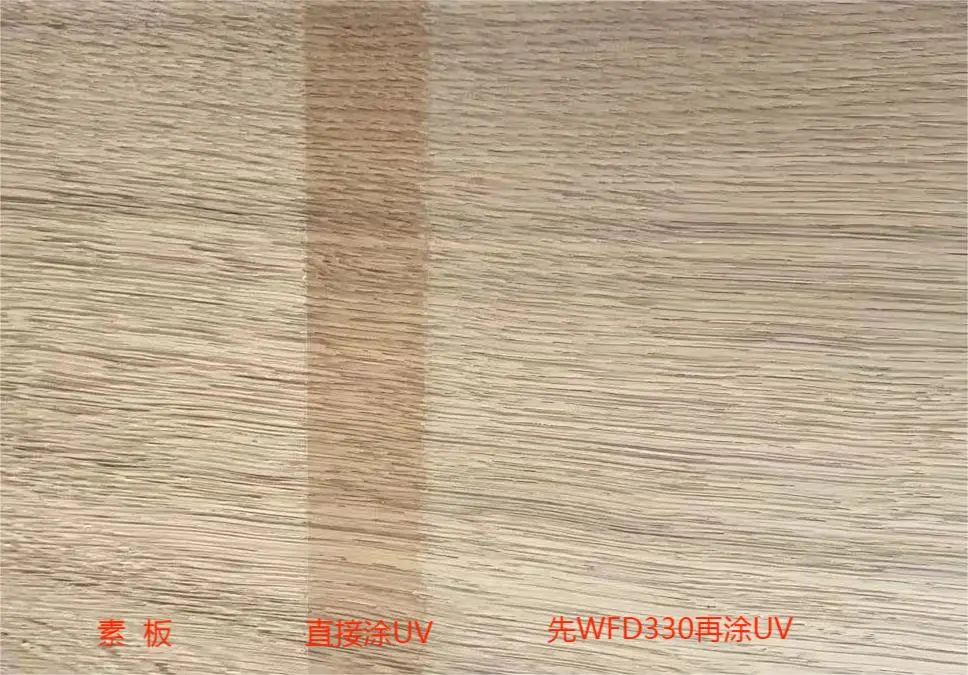
WFD330 renderings
WFD330 water-based invisible primer
R&D background
Due to the above reasons, among the common solid woods, only white oak and a small amount of light-colored oak can achieve light wood color effects. The material selection is very limited, which is far from meeting market demand. Therefore, in order to meet the incremental market demand:
1. Use red oak to fade and then coating with light wood color to achieve an effect similar to white oak. This process also has a good light wood color effect as long as the fading treatment is in place. However, the light wood color coating after fading has the hidden danger of unqualified coating adhesion and later yellowing.
2. Through special coating treatment, the natural defects of the wood are weakened and the light wood color coating effect is achieved.
Under the above background, our company launched WFD330 water-based invisible primer. Compared with the WFD310 water-based invisible primer previously launched by our company, it has the following advantages:
01
better adhesion
Boil in water at 70℃ for 5 hours, as shown in the picture below.

Boil resistant results on red oak
02
Resistance to yellowing
UV aging for 168h, as shown below.
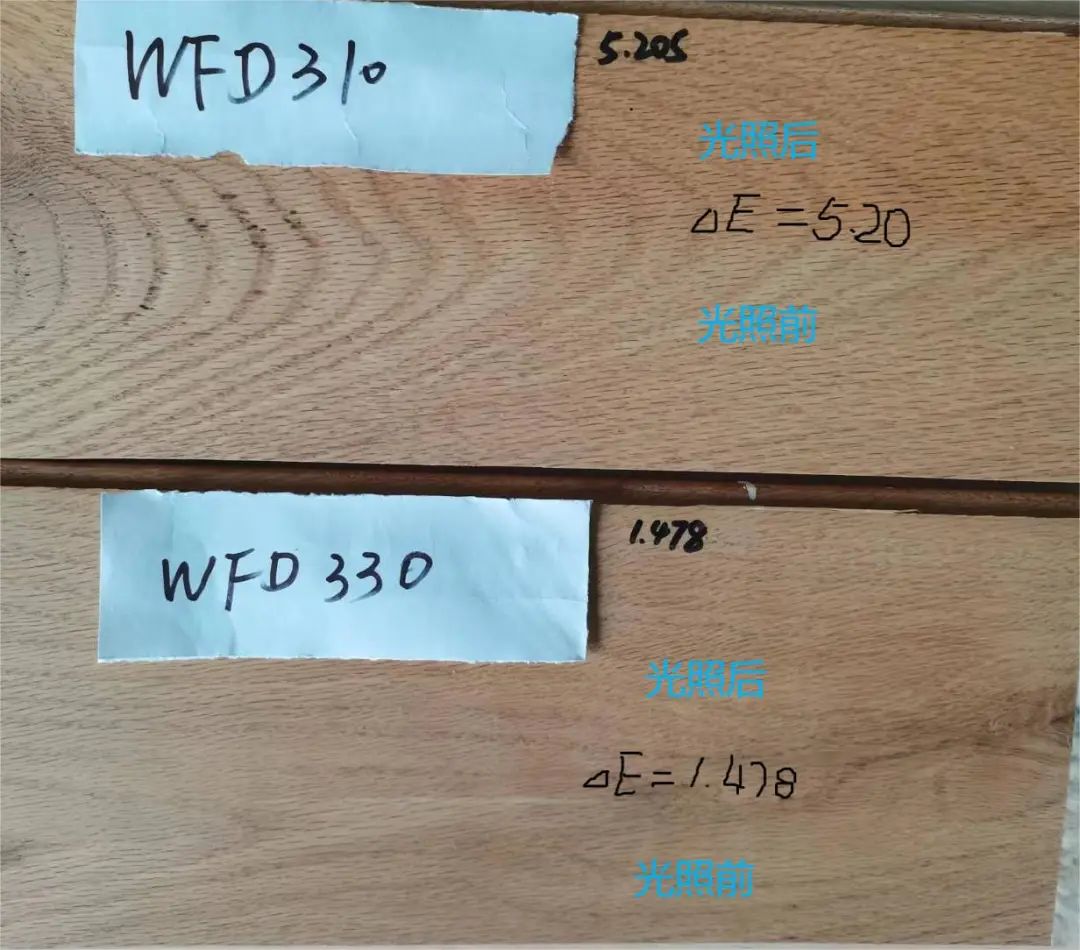
168h aging resistance comparison test results on red oak
03
Better color retention and weakened texture effects
Greatly improve wood utilization
At the same time, it effectively "shields" small defects such as small insect spots, fine cracks, and darker colors in the wood itself, as shown in the picture below.
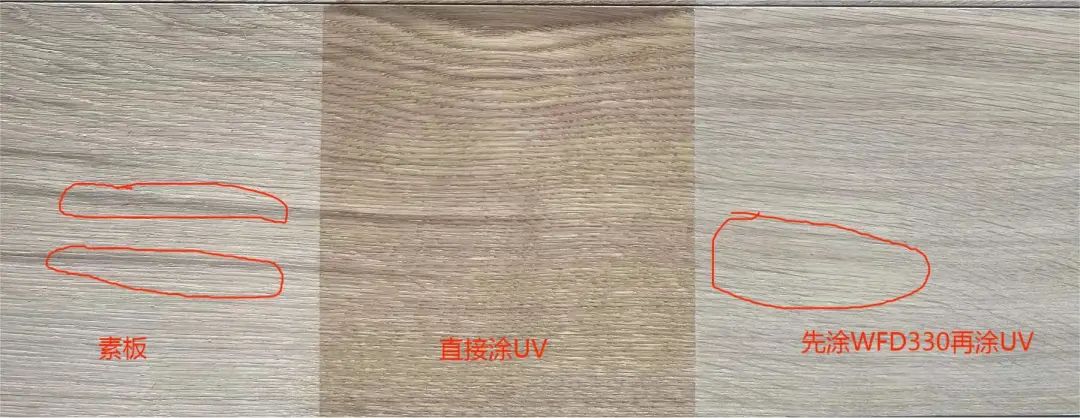
The effect of weakening the black tendons of oak wood


